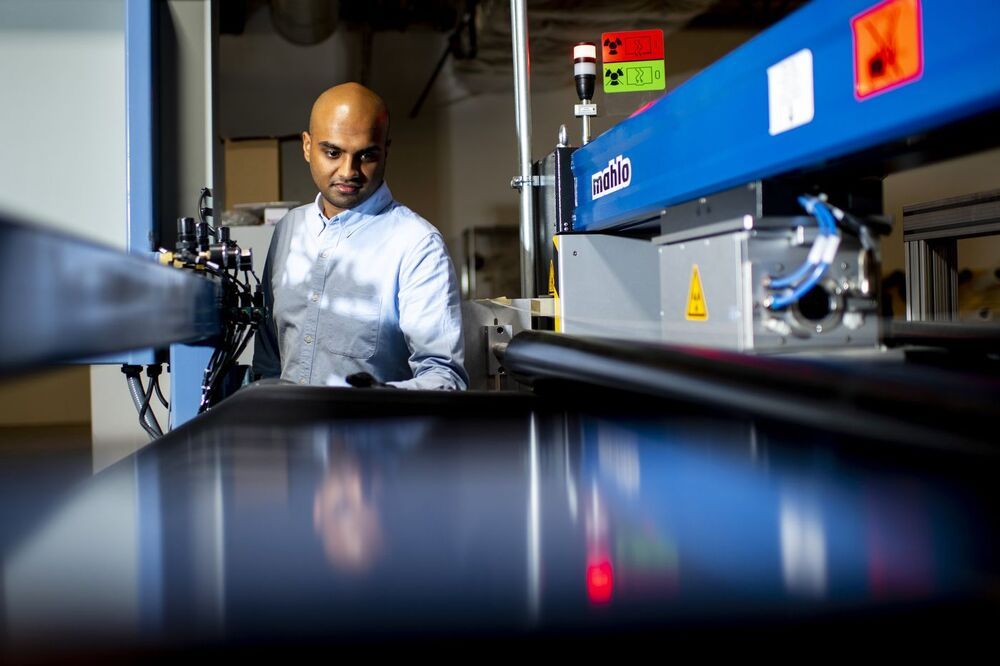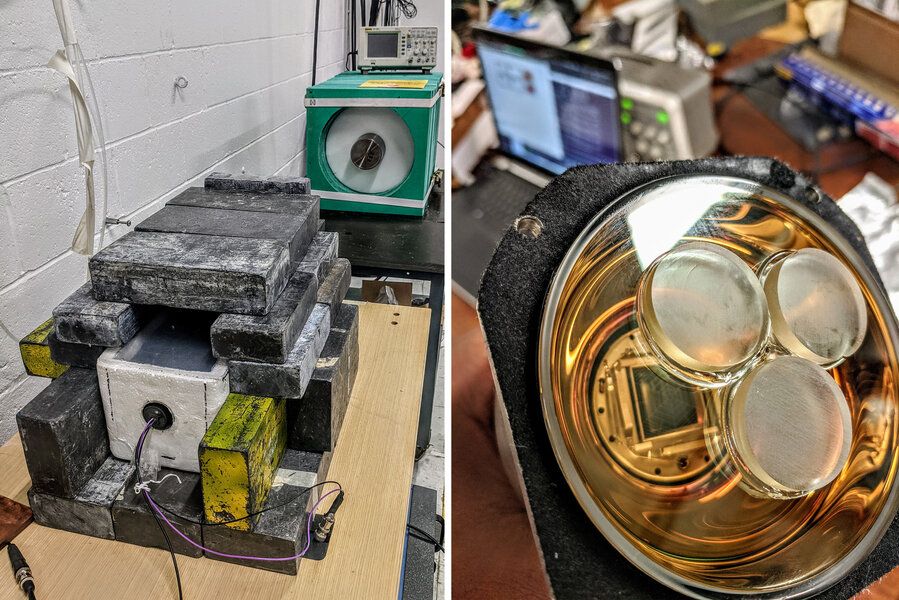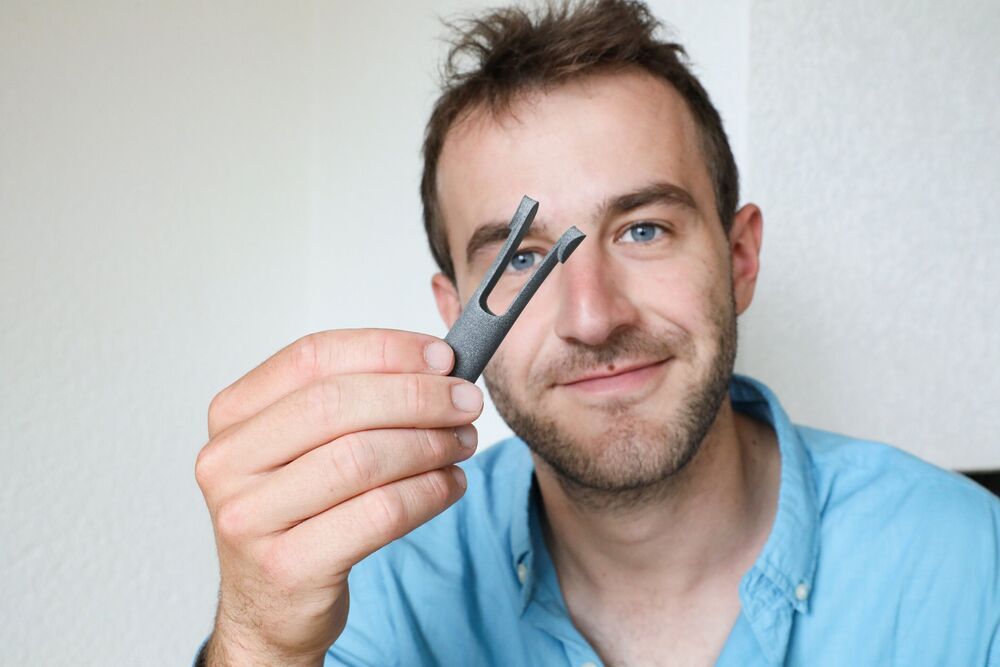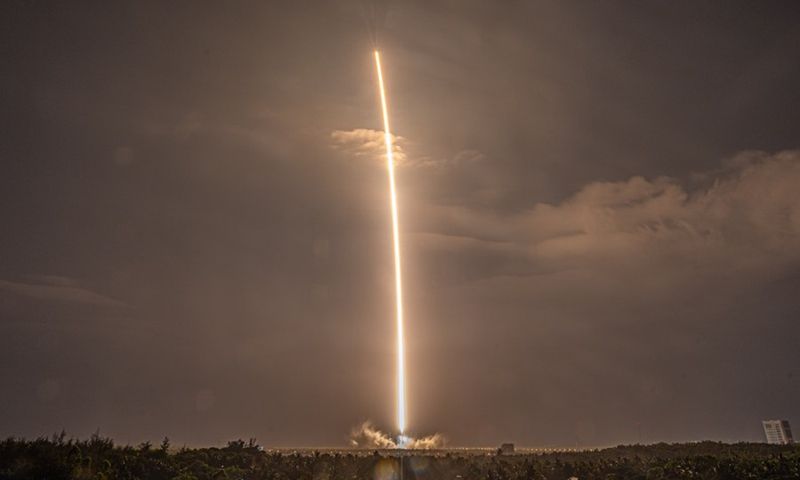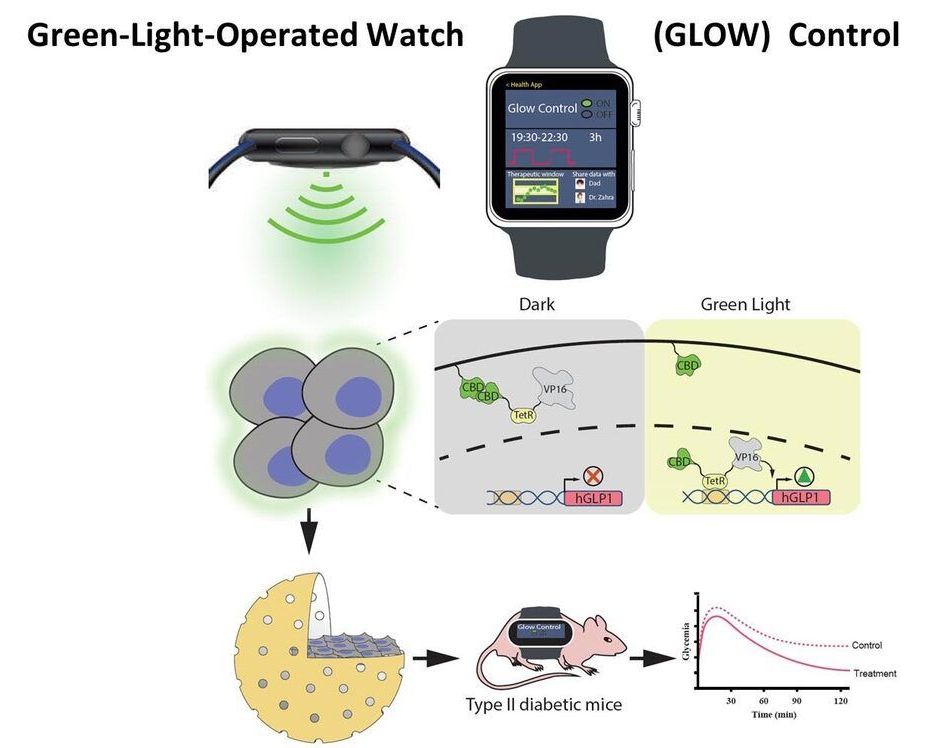Using an ultrafast transmission electron microscope, researchers from the Technion – Israel Institute of Technology have, for the first time, recorded the propagation of combined sound and light waves in atomically thin materials.
The experiments were performed in the Robert and Ruth Magid Electron Beam Quantum Dynamics Laboratory headed by Professor Ido Kaminer, of the Andrew and Erna Viterbi Faculty of Electrical & Computer Engineering and the Solid State Institute.
Single-layer materials, alternatively known as 2D materials, are in themselves novel materials, solids consisting of a single layer of atoms. Graphene, the first 2D material discovered, was isolated for the first time in 2004, an achievement that garnered the 2010 Nobel Prize. Now, for the first time, Technion scientists show how pulses of light move inside these materials. Their findings, “Spatiotemporal Imaging of 2D Polariton Wavepacket Dynamics Using Free Electrons,” were published in Science following great interest by many scientists.
